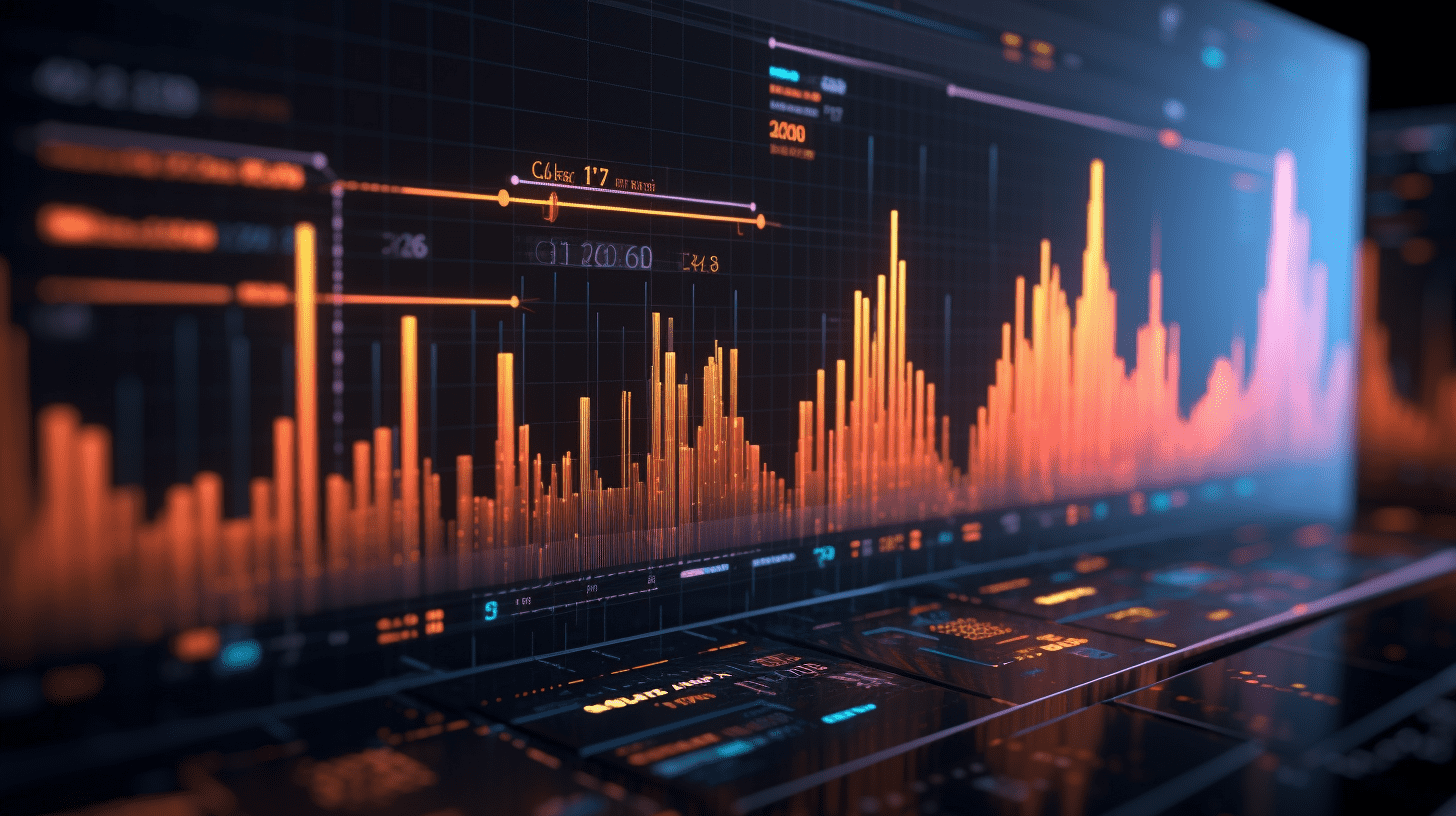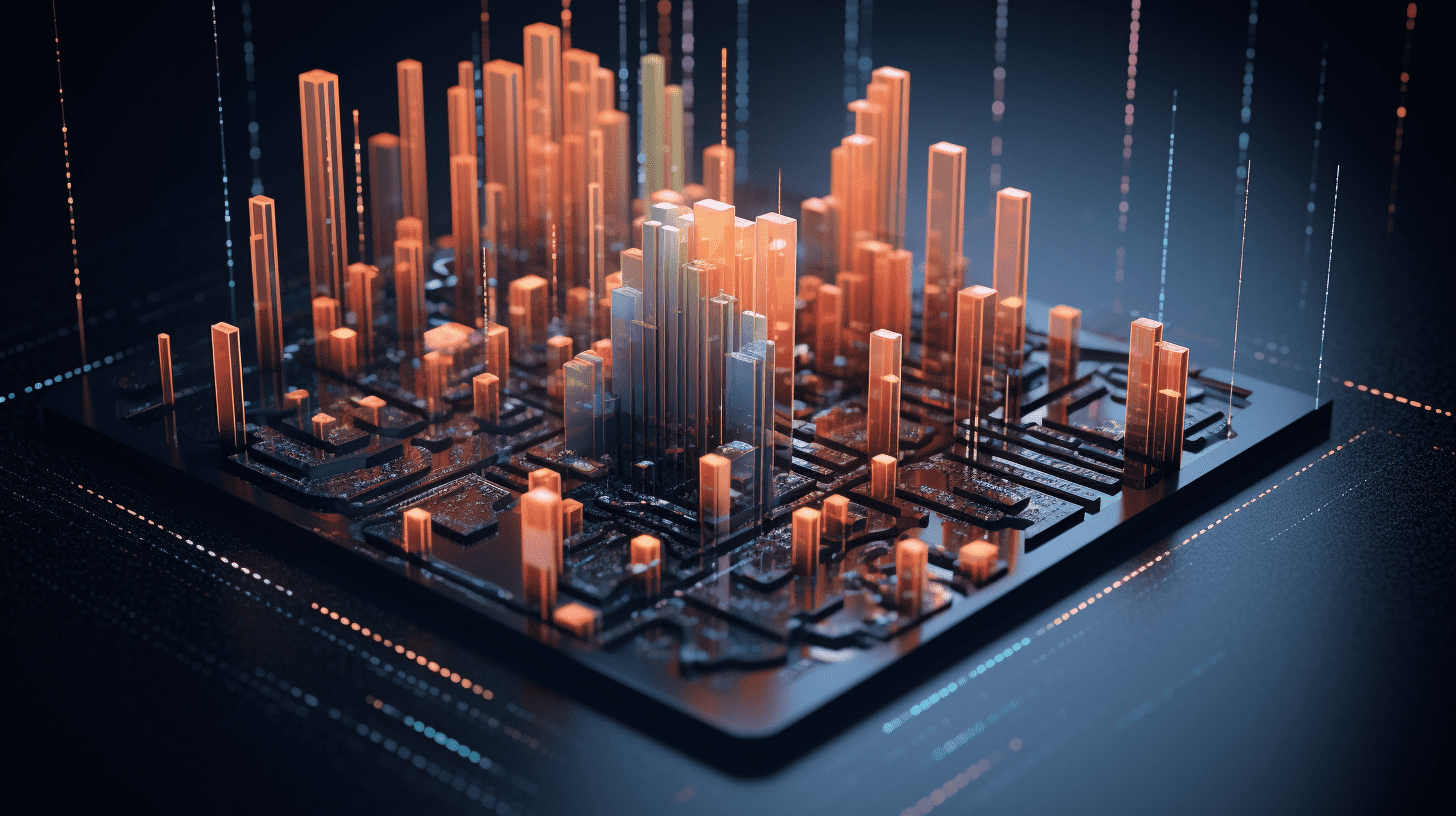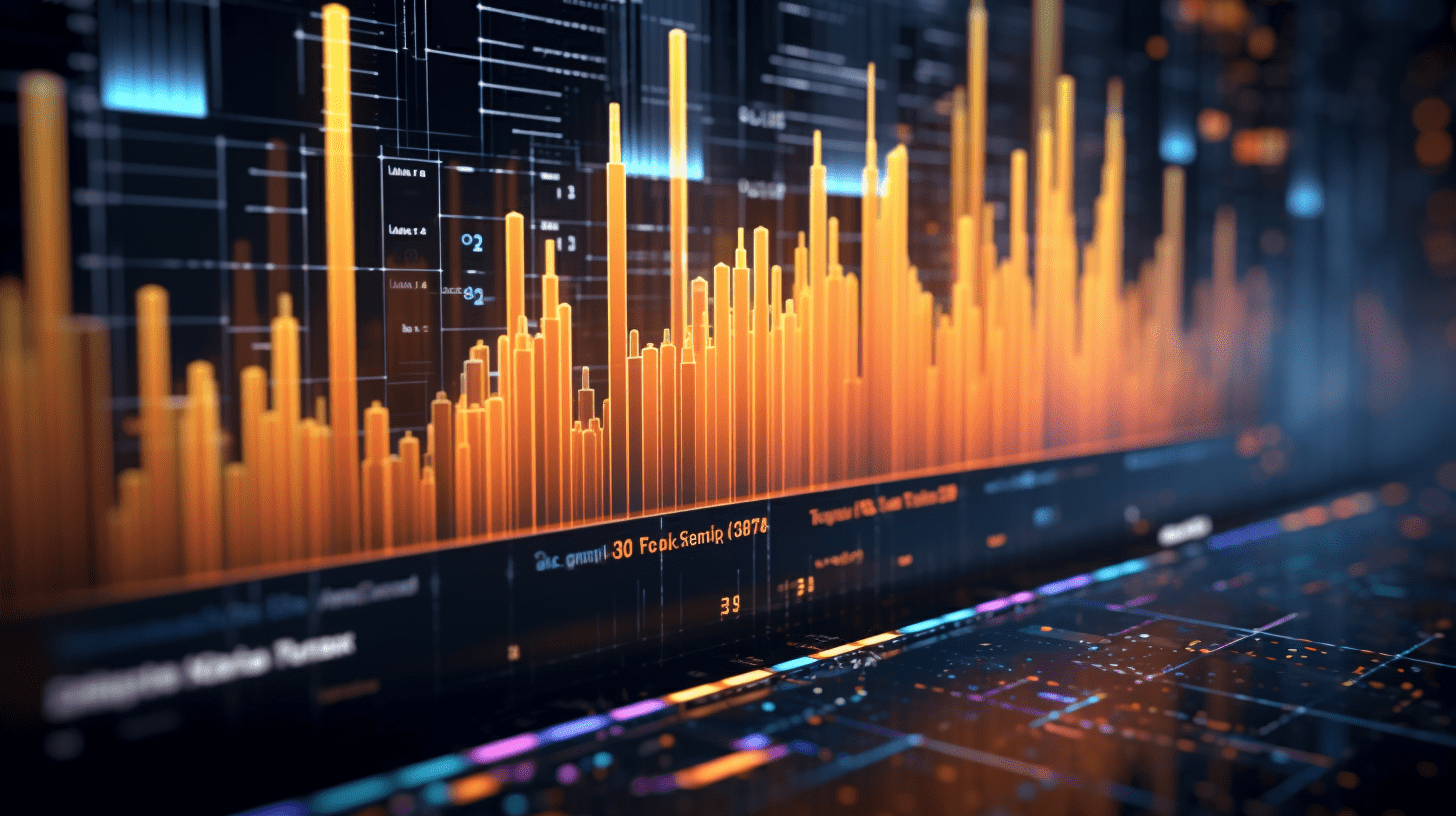Musk's "AI and Siasun Robot & Automation Vision" collides with the reality of car company reports. Tesla, Inc. (TSLA.US) Q3 profits plummet by over 30%.
Tesla said revenue in the third quarter grew 12% more than expected to $28.1 billion, compared to the previous two quarters where revenue declined year over year; however, with a sharp increase in capital expenditure, profits fell short of expectations.
After experiencing consecutive quarter revenue declines, global electric vehicle leader Tesla, Inc. (TSLA.US) released its latest performance report on the morning of October 23rd Beijing time. The report showed that the company's overall revenue in the third quarter exceeded expectations by growing 12% to about $28.1 billion. However, Tesla, Inc.'s third-quarter profit was below Wall Street analysts' expectations, leading to a nearly 5% drop in the company's stock price in after-hours trading.
In the eyes of some senior analysts, Tesla, Inc. currently seems to lack a reliable growth narrative and plan, and its weak profits combined with still unclear artificial intelligence and Robotics' narratives is difficult to support the current high valuation. This makes the company's stock price vulnerable to rapid market adjustments and negative fundamental data.
The latest performance data shows that Tesla, Inc.'s overall revenue in Q3 increased 12% year-on-year to $28.1 billion, higher than the average Wall Street analyst expectation of about $26.3 billion. However, the adjusted earnings per share of about $0.50 fell short of the Wall Street average expectation of $0.54, a significant decrease of 31% year-on-year, compared to a 23% decrease in the second quarter. Tesla, Inc.'s free cash flow in the third quarter achieved a rare significant increase - close to $4 billion, a 46% increase over the previous year, far exceeding the average Wall Street analyst expectation of about $1.25 billion.
The financial report data also shows that as President Donald Trump completely reformulates economic growth and fiscal policies, this electric vehicle manufacturer was not immune to the drastic impact of rising costs for America's Car-Mart, Inc. Tesla, Inc.'s operating expenses in the third quarter soared 50%, reaching an astonishing $3.4 billion, and the company projected negative effects of about $400 million due to U.S. tariff policies.
In terms of core business revenue, Tesla, Inc.'s financial report data shows that the company's automotive business revenue in the third quarter increased by about 6%, from $20 billion in the same period last year to $21.2 billion in the third quarter.
Under GAAP guidelines, net profit fell by 37% to $1.37 billion, equivalent to GAAP earnings per share of $0.39; in comparison, net profit in the same period last year was $2.17 billion, with earnings per share of $0.62. The sharp drop in Tesla, Inc.'s profits reflects lower electric vehicle prices and a significant increase in operating expenses of 50%, with the company stating that some of this growth comes from artificial intelligence and other research and development projects.
The end of the quarter coincided with the expiration of federal tax incentives for electric vehicles, which were announced to be canceled as part of President Trump's spending bill. This pushed consumers to purchase before the incentives disappeared, leading to an early boost in sales volume in the third quarter, which is why Tesla, Inc.'s third-quarter vehicle delivery data reached a historical high.
During the performance conference call in July of this year, CEO Elon Musk and CFO Vaibhav Taneja reminded shareholders to pay attention to the higher tariff costs and the impact of the expiration of tax incentives.
In the third quarter, Tesla, Inc.'s quarterly automotive regulatory score-related revenue unexpectedly declined by 44%, dropping from $739 million to $417 million.
Despite returning to overall growth, Tesla, Inc.'s third quarter was characterized by continued sluggish sales data in Europe, mainly due to European consumers increasingly hostile towards Musk, particularly for his incendiary comments on European politics as well as competition from manufacturers such as Volkswagen and BYD Company Limited.
Tesla, Inc.'s stock price experienced a significant drop early in the year but then rebounded notably, with a 30% increase since September; currently, the stock price has cumulatively risen by nearly 9% in 2025. However, this still lags behind the overall trends of the S&P 500 index, the Nasdaq 100 index, and the seven major technology leaders in the U.S. stock market, especially falling short of leaders such as NVIDIA Corporation and Microsoft Corporation.
Earlier this month, Tesla, Inc. reported delivering a record high of 497,099 vehicles in the third quarter, with a total production of 447,450 vehicles. However, total deliveries for the first three quarters were around 1.2 million vehicles, a decrease of about 6% compared to the same period in 2024.
In early October, Tesla, Inc. introduced more affordable versions of its popular models, the Model Y SUV and the Model 3 sedan. The company stated during the performance conference call that the new product lineup choices make their products more accessible to customers after the expiration of U.S. electric vehicle tax incentives.
In the third quarter, the company's largest growth engine came from its power generation and energy storage business, with revenue jumping 44% to $3.42 billion. Tesla, Inc.'s energy product line includes large backup battery storage systems for data centers and other facilities with CECEP Solar Energy photovoltaics.
AI startup xAI, founded by Musk in 2023, has been a key buyer of Tesla, Inc.'s energy products. In its 2024 annual report, Tesla, Inc. stated that xAI incurred expenses of about $198.3 million that year and $36.9 million before February 2025, with most of it used for Tesla, Inc.'s Megapack energy storage products.
The market is cautious about Musk's grand narrative for Tesla, Inc.
During the performance conference call, as Tesla, Inc. management provided sparse performance guidance to investors, the stock price continued to decline; Musk reiterated his grand and futuristic vision for Tesla, Inc., emphasizing these futuristic points as he had done in previous performance conference calls. However, this time the market seemed to lose patience, and the stock price continued to decline after Musk "drew a pie."
Senior stock research analyst Garrett Nelson from the Wall Street research firm CFRA stated, "We are entering a period of uncertainty for Tesla, Inc. in terms of recent and medium-term profit growth trajectories."
One of the most concerning points is the slow progress of Tesla, Inc.'s fully automated driving system (FSD) built on AI supercomputing systems. Tesla, Inc.'s CFO Taneja stated that only 12% of paying customers for the FSD Supervised (part of the automated driving system subscription) fees are part of Tesla, Inc.'s current fleet.
Tesla, Inc. did not commit to delivering a specific number of electric vehicles and energy products by the end of the year but stated, "It is difficult to measure the impact of global trade and fiscal policy changes on automobile and energy supply chains, our cost structure, and the demand for durable goods and related services."
VP Lars Moravy stated during the performance conference call that the company had completed part of the production line, was still installing some equipment, and had a "test fleet on the road." However, Tesla, Inc. is still working on developing semi-autonomous systems for its Semi trucks.
Tesla, Inc. VP Lars Moravy said during the performance conference call that the company has completed part of the production line, is still installing equipment, and has a "test fleet on the road." However, Tesla, Inc. is still working on developing some autonomous driving systems for its Semi trucks.
Related Articles

From ventilator to comprehensive health management, BMC Medical builds a respiratory health ecological barrier with hardcore technology.

HK Stock Market Move | Huaxin Cement (06655) falls more than 6%. The company will release third quarter results tomorrow. Institutions say overseas assets have independent listing plans.

SoftBank's risky bet and dilemma: issuing high-interest debt of 8.25% to bet billions on OpenAI, triggering a rating warning.
From ventilator to comprehensive health management, BMC Medical builds a respiratory health ecological barrier with hardcore technology.

HK Stock Market Move | Huaxin Cement (06655) falls more than 6%. The company will release third quarter results tomorrow. Institutions say overseas assets have independent listing plans.

SoftBank's risky bet and dilemma: issuing high-interest debt of 8.25% to bet billions on OpenAI, triggering a rating warning.

RECOMMEND

Why European Automakers Are Opposing Dutch Sanctions
20/10/2025

Domestic Commercial Rockets Enter Batch Launch Era: Behind the Scenes a Sixfold Cost Gap and Reusability as the Key Breakthrough
20/10/2025

Multiple Positive Catalysts Lift Tech Stocks; UBS Elevates China Tech to Most Attractive, Citing AI as Core Rationale
20/10/2025


